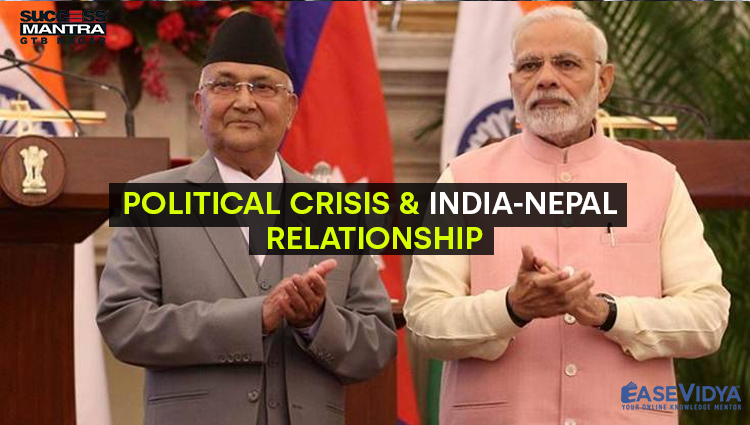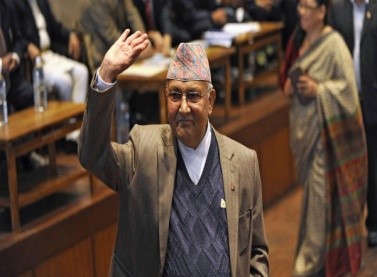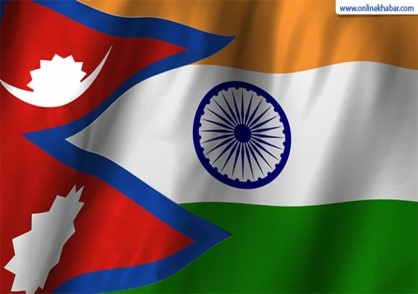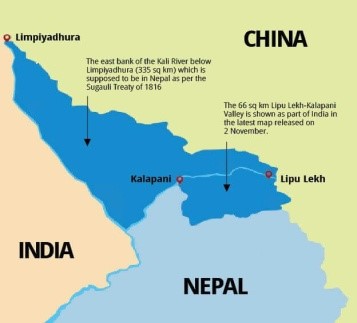
POLITICAL CRISIS AND INDIA NEPAL RELATIONSHIP
POLITICAL CRISIS & INDIA-NEPAL RELATIONSHIP

Recently, Nepal has drifted into a political crisis following its Prime Minister (PM) KP Sharma Oli’s decision to dissolve Parliament. The Nepalese PM has stated that this decision was on the backdrop of infighting within the ruling Nepalese Communist Party (NCP). As India’s role in the mediation of earlier political crises in Nepal has led to the development of anti-Indian sentiment in Nepal, India has done right by not meddling into Nepal’s internal matters. However, India is apprehensive that political instability in Nepal will expand space for China to intervene in Nepali politics and shape a government that is favourable to China. To counter Chinese influence on Nepal, India must pay attention to Nepal’s core economic and strategic interests that in the first place pushed Nepal towards China.
HISTORICAL BACKGROUND OF INDIA-NEPAL RELATIONS

India and Nepal initiated their relationship with the 1950 Indo-Nepal Treaty of Peace and Friendship and accompanying secret letters that defined security relations between the two countries, and an agreement governing both bilateral trade and trade transiting Indian Territory. The 1950 treaty and letters exchanged between the Indian government and Rana rulers of Nepal, stated that "neither government shall tolerate any threat to the security of the other by a foreign aggressor" and obligated both sides "to inform each other of any serious friction or misunderstanding with any neighboring state likely to cause any breach in the friendly relations subsisting between the two governments." These accords cemented a "special relationship" between India and Nepal.
CURRENT ISSUES IN INDIA-NEPAL RELATIONS

Revision of 1950 Treaty: Nepal has asked for a revision of the 1950 treaty, and India has accepted this. However, the issue remains stuck because Nepal does not clarify how to strike a proper balance between India’s security concerns and Nepal’s developmental aspirations.
Recent Border Issue: The Kalapani border dispute’s question has spoiled popular perceptions in Nepal about India. Taking advantage of this, Nepal’s current leadership has taken a unilateral decision to draw new maps which show Kalapani, Lipulekh, and Limpiyadhura belongs to Nepal. As India also claims these positions, this border issue has led to the lowest point in India-Nepal relations history.
Tug of War Between China & India: Nepal’s geo-strategic location (sandwiched between India & China), has created a tug of war between India and China over Nepal. China sees Nepal as a bulwark against the international movement targeting China. For India, Nepal is essential for the region's security, acting as a buffer state.
Increasing Chinese Influence: Sino-Nepali economic ties began to grow in 2015, but in 2018, China’s influence in Nepal started to gather momentum. Having played an essential role in the NCP’s formation, China came to wield enormous influence over the NCP government. It resulted in China ousting India as Nepal’s number one investor. More importantly, Nepal’s foreign policy under the NCP government became strongly pro-China. Moreover, this influence can be evidenced by the fact that China has now stepped up its self-assumed role as mediator in the ongoing crisis.
RESOLVING THE ISSUES OR CONFLICT
Seeking a friendly regime in the neighbourhood is a recognised norm in the realist world of international relations. India is no exception. Therefore, India should recalibrate its ties with Nepal. In this context:
Demarking Red Lines: India can improve ties with Nepal by picking up pending controversial issues such as the 1950 treaty, the Kalapani border dispute, and trade and investment matters.
However, India should categorically state its position, drawing red lines (security concerns emanating from China) that Nepal should not cross.
Economic Measures: On trade and investment issues, India needs to be more accommodative. Nepal sells less than $1billion worth of products to India while importing nearly $8 billion. Even though economies govern trade deficits, India can and must move to remove structural and procedural impediments to the entry of genuine Nepali goods into Indian markets. Also, India should encourage Indian investments in such industries, including hydropower production, to boost Nepali exports. Completing big development projects such as the Pancheshwar multipurpose project could also be a breakthrough between the two countries.
Cooperation Between Armies: When it comes to resolving border disputes between the two countries, understanding the armies is vital. In 2015, when India’s economic blockade and the political leadership of both countries were at loggerheads, both armies’ leadership played a vital role in lifting the talks’ blockade and resumption. So, robust army diplomacy between the two countries can substantially contribute to improving bilateral ties.












0 Comment